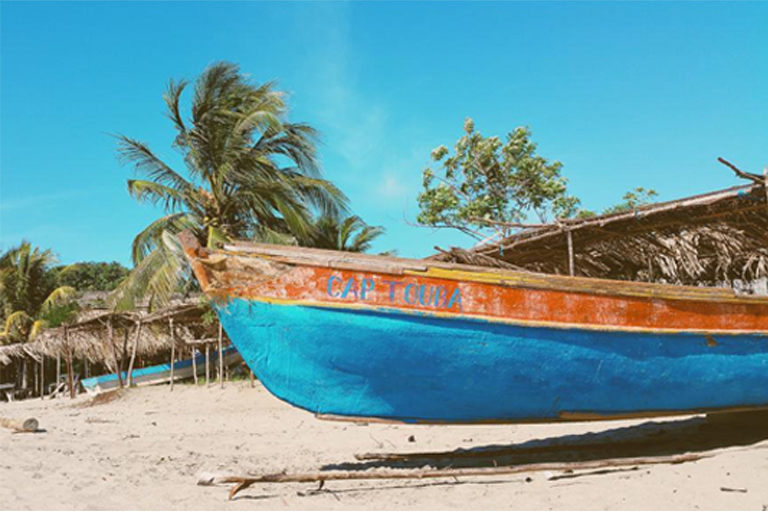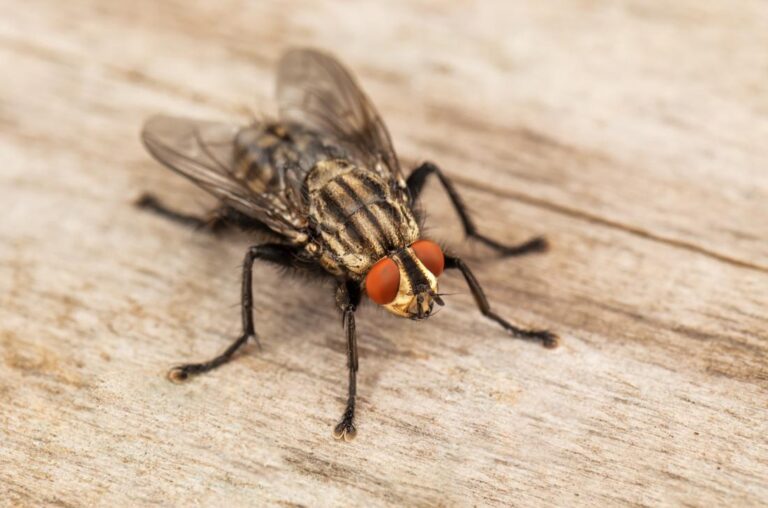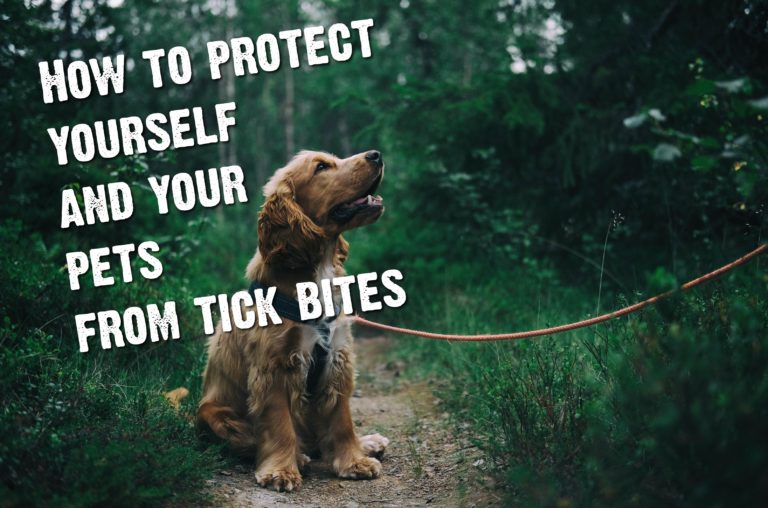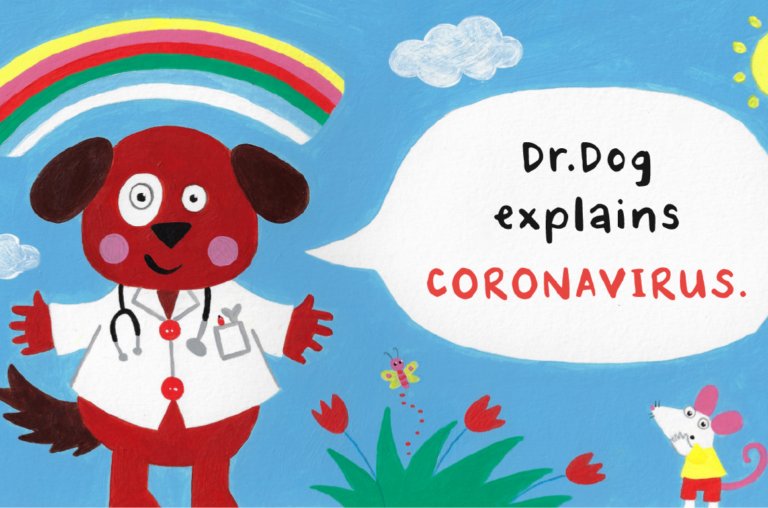Are you bug body ready?
We’re here to help! Download our free Bug Off! essential travel pack with bite-sized facts and handy tips to keep you safe from pesky insests whilst exploring the outdoors!
Download your free Bug Off! essential travel park DownTravel Like A Pro
Down


Going Abroad?
Here's An Easy
Step Guide
Decide on your destination
Is it in the tropics? Is there a risk of Mosquito Borne Disease
Seek advice from a GP or travel clinic 4 TO 6 weeks before you travel to find out if you need vaccinations or antimalarials.
Insecticide treated clothing
Find out moreRepellent Bed net
Pack these items
On holiday, make sure you stay protected!
See a doctor if you feel ill on holiday, or after you return
Now you are #BUGBODYREADY
Bite sized facts
Some fast facts you really should know before you buzz off out the country
DownFAQs on Repellents
Here are our most frequently asked questions, click each question to reveal the answer
-
1. Why should I use insect repellent?
Insect repellents protect you against bites from insects such as mosquitoes and midges. Insect bites can transmit a number of diseases including malaria, Zika, dengue and West Nile Virus. In addition, the bites themselves can be painful and itchy, and scratching the bite can lead to bacterial skin infections.
If you are travelling to an area where there is a risk of insect borne disease, always sleep under a bed net and take any preventative medicine recommended by your GP. However, there are some diseases (like dengue and Zika) for which there are no vaccines or treatment and therefore the best method to protect yourself is to prevent insect bites in the first place. In addition, as effective as they are, it’s difficult to stay under your bed net all the time. Insect repellents are a flexible method to reduce biting wherever you are.
-
2. Why do repellents need reapplying?
Like any product applied to the skin, over time repellents will evaporate, rub off or be absorbed into the skin. The repellent needs to be present at a certain level on the skin to remain effective, and this is why repellent must be reapplied to provide continuous protection. The formulation often affects protection as well as the concentration of the active ingredient. So, thick lotion-based formulations are often more stable than thinner spray-on products. Repellents are often labelled with a protection time, but there are no regulations on what this number really means. Repellent testing takes place in the laboratory, where things like mosquito biting pressure, coverage and dosage are carefully controlled. In the real world, consumers can apply a lower dose than that tested, or the repellent may wear off quickly on active people or in warmer climates. Therefore the best advice is to follow the label instructions and rub in well to exposed skin areas. Re-apply after any activity that might reduce protection such as bathing or vigorous exercise, and as soon as you notice any bites.
-
3. How do I choose the best repellent to take with me?
Even a small pharmacy will have a shelf full of repellents in the summer and choosing the best one can be confusing. So check the label for two key pieces of information: the active ingredient and the concentration. The four most commonly available and effective active ingredients are DEET, PMD, Icaridin and IR3535. All the active ingredients below can be used as repellents, but only DEET, PMD and Icaridin should be used in disease endemic regions.
-
4. Can young children use repellents?
Topical repellents are recommended for use by children of all ages unless the label states otherwise. Products containing DEET are considered safe for use on children over two months old. For PMD repellents, always follow the recommendations on the label.
Repellents should be applied by an adult to ensure even coverage and so that it does not get onto the child’s hands and into their mouths. Parents should always read the label, wash off the repellent before putting children to bed and ensure repellents are applied correctly. Children under two months should be protected from mosquito bites by using an infant carrier draped with mosquito netting with an elastic edge for a tight fit.
-
5. Can pregnant women use repellents?
The particular risk of Zika infection for pregnant women, means that there is more concern than ever over the safety of insect repellents for pregnant women. The US EPA says that repellents if used sensibly (apply evenly to exposed skin, do not apply to eyes, nose or mouth and wash off after returning indoors) do not require extra precautions in pregnant or nursing women.
What Else is Bugging You?
Here are our most frequently asked questions, click each question to reveal the answer
Down-
1. What should I pack?
A good insect repellent: In high risk tropical areas, this should contain 20-50% DEET or PMD. See the FAQ above for more information on how to choose the best repellent for you.
A bed net: This should be treated with insecticide so as to provide the best protection.
Long-sleeved clothing: To provide protection from biting, clothing should be loose fitting, light coloured, cover as much skin as possible and ideally be treated with permethrin.
-
2. What diseases do mosquitoes transmit?
There are over 3,500 species of mosquito, but not all of them bite humans, and when they do not all will transmit a pathogen. However, this does not stop mosquitoes causing more mortality and morbidity in humans than any other group of organisms. Mosquitoes are capable of transmitting viruses, filarial worms and protozoa, below are some of the more common examples of each.
Malaria: A protozoan parasite that is transmitted by Anopheles mosquitoes. Malaria was responsible for almost half a million deaths last year. Malaria is endemic in 95 countries worldwide, in the tropics and sub-tropics.
Dengue: Dengue is transmitted by Aedes mosquitoes. There are four strains of the dengue virus, which causes around 25,000 deaths each year. Dengue is found mainly in the tropics and sub-tropics, but travel and climate change have contributed to its spread into new areas including Europe.
Zika: The Zika virus is also carried by Aedes mosquitoes. In most people Zika infection causes a mild illness characterised by fever and a rash. However, the virus is linked to a microcephaly in newborns whose mothers have been infected, and for this reason Zika is a serious health concern in those countries affected (mostly in South and Central America, but also in Southeast Asia and the Pacific Islands).
Lymphatic filariasis: This disease is caused by three species of filarial worm, which are transmitted by Aedes, Anopheles, Culex and Mansonia mosquitoes. The adult worms live in the lymph vessels and cause huge swelling when they obstruct them. This disease is rarely life-threatening on its own, but causes serious disability and social stigma for sufferers.
-
3. Can I take supplements to repel mosquitoes?
It can be very tempting to believe that simply eating a certain food will make you invisible to mosquitoes, but unfortunately this is not the case. Eating garlic, marmite, turmeric, mint tea or any of the dozens of suggestions out there will not stop you being attractive to mosquitoes. Researchers have tried giving volunteers large amounts of garlic, or a placebo and found no difference in the attraction of mosquitoes to those volunteers. A study from 2002 did find that alcohol affected how many mosquito bites you received, but unfortunately it seems to attract them more!
-
4. Do ultrasonic devices work?
No. No. No. Despite a huge amount of evidence and even a Cochrane Review (these are systematic reviews of healthcare research) showing them to be completely ineffective, these devices and apps continue to be sold.
-
5. Do vaporisers work?
Most vaporisers contain insecticides such as prallethrin. These are effective at reducing mosquito entry and killing mosquitoes or disrupting their behaviour. It is important to follow the instructions on the packets carefully and ensure the plug is suitable for your destination.
-
6. Should I take a bed net?
Insecticide treated bed nets are highly recommended for anyone travelling to areas with night-biting disease vectors. This famously includes the African malaria vector Anopheles gambiae. But other mosquitoes, such as the Asian vector of filariasis Culex quinquefasciatus, also bite at night. Choose a bed net that is suitable for the type of accommodation you are staying in. Box nets for example are best if you are staying in one place for a while as they can be more difficult to hang. Remember to use a net if you are napping during the day as some mosquitoes will bite throughout the daytime.
-
7. I’ve been bitten! How do I treat an insect bite?
At arctec we subject ourselves and our volunteers to dozens of bites a day trying to test repellents and other products to protect you from bites, so we know how irritating bites can be! The first and most important advice is to NOT SCRATCH. Mosquitoes make a very small wound when feeding, so the risk of infection comes only when people start scratching the area and introduce bacteria to the resulting wounds. If your bite does become infected (fills with pus and becomes tender to touch), see your GP who may prescribe antibiotics. With children, ensure their nails are short and clean and if necessary cover the bite area at night. To reduce the itching (and hopefully the urge to scratch), you can take a number of actions:
- Use a cold compress to cool the area
- Use a bite cream that contains a local anaesthetic or antihistamine
- Take an oral antihistamine
- There are lots of home remedies (lemon, baking soda, porridge to name a few)
that people swear by, try what works for you.
-
8. Why should I keep taking antimalarials once I’ve returned home?
Antimalarials do not prevent you being infected with the malaria parasite, but they supress the infection by killing the parasite either in the liver, or as they are leaving the liver to enter the bloodstream. Therefore if you have been infected with malaria during your travels, you may still have parasites within your body. Continuing the course of treatment after you return ensures that those parasites do not get a chance to multiply and cause you potentially severe illness.
-
9. What should I do if I feel unwell after travelling?
Visit your GP as soon as possible. Tell the doctor that you have been travelling, where and for how long. Malaria is the most well-known tropical vector borne disease, but there are many others, like dengue, Zika and yellow fever that are easier to rule out with a good travel history.
-
10. I grew up in an area with high malaria and I’m immune, do I still need to take precautions?
Most adults in areas with high malaria transmission will very rarely experience malaria symptoms. However this does not mean that they are immune in the sense we usually understand. Instead their immune systems are able to keep infections at a very low level so that they do not experience symptoms such as fever, chills and headaches. This ‘immunity’ requires constant exposure to the malaria parasite and a few years in a malaria free country will remove any previous immunity. Therefore you should always seek travel advice before you travel. And remember, malaria is not the only parasite mosquitoes carry, so taking precautions against bites could protect you from a range of diseases.



Do Your Research
Before going on holiday, you should take medical advice to ensure you take the correct precautions such as vaccines and medicines. You should visit your GP or seek urgent medical attention if you have any concerns about bites or experience any symptoms.
MastaFor general travel information before you go abroad, please visit:
www.masta-travel-health.com
For health care professionals and for further resources, please visit:
www.nathnac.net
Media enquiries should be directed to the London School of Hygiene & Tropical Medicine press office
email: press@lshtm.ac.uk
For gap year expert travel health advice and information:
www.bemusedbackpacker.com
For further information:
www.encephalitis.info
Bug Blog
View full blogJoin The Swarm
We want to get little explorers buzzing about tropical countries, foreign cultures and travel. Via the power of Skype we are partnering schools in the UK with schools in Brazil, Colombia, Indonesia, Tanzania, Florida, South Africa, China and Hong Kong.



